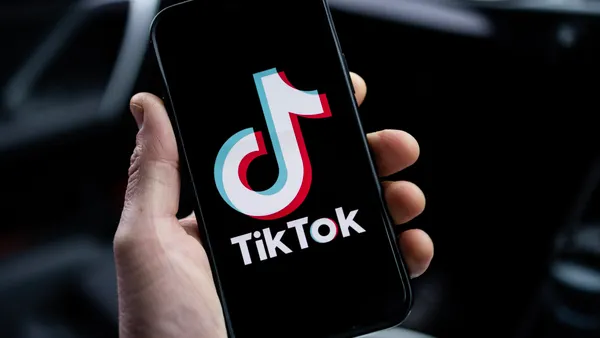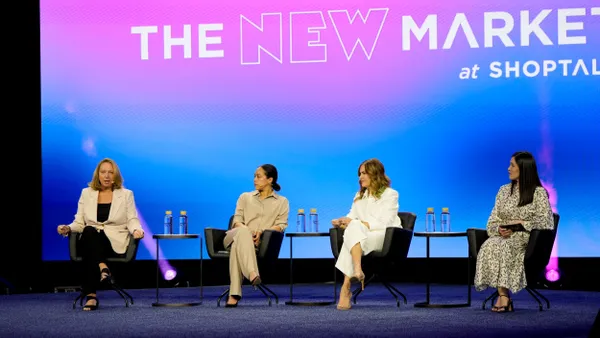Retail media ad spending in the US is projected to more than double by 2027, reaching $100 billion.1 To capture this growth, retailers must balance creating meaningful, memorable, and manageable experiences with privacy-safe solutions. As third-party cookies and identifiers are phased out, retail media networks must invest in privacy-centric solutions, robust data-driven measurement frameworks, and AI-powered solutions to capture interest in real-time for a successful 2024 and beyond.
Step 1: Enable privacy-centric solutions to strengthen customer relationships, build trust and offer the right value exchange
Eighty percent of consumers in surveyed countries are concerned about the state of their online privacy today.2 So above all else, any data you gather should build customer trust in your brand and meet people’s privacy expectations. This means clearly articulating privacy policies and giving people the transparency, choice and control of how their data is used. And for retail media networks, which have been built off of strong first-party data, this is even more important.
Once retail media networks communicate policy and data management, consumers are willing to exchange data. In fact, Boston Consulting Group found that over 90% of consumers are willing to share their personal information for the right incentive. To offer value for shoppers in exchange for first-party data, benefits like relevant messaging and loyalty programs are helpful incentives that offer convenience shoppers value. Once a relationship between the retailer and shopper is formed, the resulting first-party data can then be used to improve marketing campaigns that anticipate customer needs with relevant and timely messages that drive business growth.
Step 2: Create a data-driven measurement framework to accurately measure customer interactions
As privacy-centric solutions are built and first-party relationships form, retailers and brands need a solution that can automatically interpret these available signals to give you the best reporting possible. And data-driven measurement is critical to deliver a more holistic view of retail media performance - which brands expect from the retail media networks. This attribution model provides a better understanding of all touchpoints that led a customer to purchase, rather than simply attributing all conversion credit to the last click before purchase. The proof is in the results: those that switch to a data-driven attribution model from a non-data-driven attribution model typically see a 6% average increase in conversions.3 Using conversion modeling, which uses machine learning trained on first-party data and other signals, gives advertisers the best measurement possible. Then, use Google Analytics 4, which has privacy built at its core, to gain deeper insights across your websites and apps.
Step 3: Fuel growth with AI-powered solutions to connect with new and existing customers
Once your retail media network has adopted privacy durable solutions and improved their attribution approach, it is time to consider how to expand reach. Google’s AI-powered solutions and retail media networks are the new power pairing to scale this growth. While prepackaged retail media solutions can be limited in reach, Google can help complement retail media growth at scale with billions of people searching across Google everyday.4 Google’s reach helps capture new demand by bringing in both valuable first-party audiences and audiences in the market for your products, while retail media networks convert demand into purchases to grow your retail media program.
To learn more about how Google can enable retailers to move forward with confidence and drive business growth in a changing privacy landscape, check out Think with Google to build your 2024 plans and beyond.
1 eMarketer, March 2023.
2 Google/Storyline Strategies, AU, BR, CA, CN, FR, DE, IN, JP, MX, U.K., U.S., Ad Controls, n=1,000 per market, A18–55 with internet access, March 2022.
3 Google Data, Global, Ads, July 11, 2022–Aug. 25, 2022.
4 Google Internal Data, Global, 2023.










